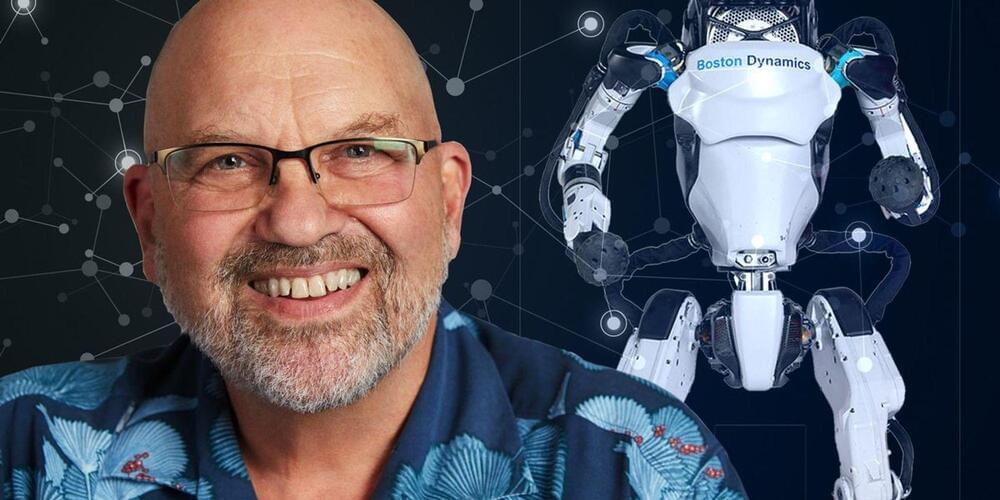New AI supercomputer from Graphcore will have 500 trillion parameters, (5x that of human brain) and compute at a speed of 10 exaflops per second (10x that of human brain) for a cost of $120 million USD. New AI powered exoskeleton uses machine learning to help patients walk. AI detects diabetes and prediabetes using machine learning to identify ECG signals indicative of the disease. AI identifies cancerous lesions in IBD patients.
AI News Timestamps:
0:00 New AI Supercomputer To Beat Human Brain.
3:06 AI Powered Exoskeleton.
4:35 AI Predicts Diabetes.
6:55 AI Detects Cancerous Lesions For IBD
👉 Crypto AI News: https://www.youtube.com/c/CryptoAINews/videos.
#ai #news #supercomputer




